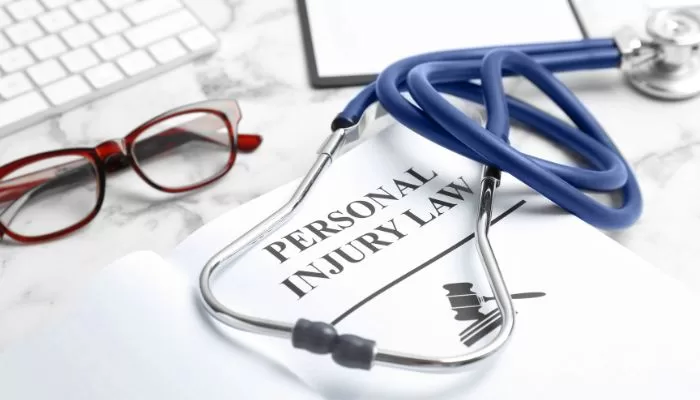Finance
The Hidden Costs of Personal Injuries: Financial Burdens and Solutions

In the picturesque expanse of South Carolina, where life unfolds with a touch of Southern charm, personal injuries can bring unforeseen challenges. Surprisingly, the state witnesses a staggering number of personal injury cases, including road accidents and fatal occupational injuries, as reported by various state records. This further underlines the importance for residents to understand their rights in the aftermath of such incidents.
While we often hear about physical pain and fortune-costing medical bills in personal injury cases, there are hidden financial costs that add significant stress. That being said, it’s important to consult trusted personal injury lawyers in South Carolina who can guide victims through the legal maze. This post aims to uncover the often-overlooked financial challenges of personal injuries in South Carolina. Let’s dive in!
1. Accumulating Medical Costs
One of the consequences of a personal injury is the expense of medical treatment. From emergency room charges to consultations with specialists and ongoing rehabilitation, these costs can quickly add up. Furthermore, as healthcare services become increasingly expensive, obtaining care becomes a concern for accident victims and their families.
It is important for victims to pursue compensation from insurance providers or consider action against parties in order to mitigate these expenses. However, caution must be exercised when accepting settlements offered by insurance companies as they may not fully cover all the costs.
2. Income Loss and Diminished Earning Potential
Another cost resulting from injuries is the loss of income and reduced ability to earn money.
Sustaining injuries can impact individuals, especially when they need to take time off work. This can lead to difficulties as accident victims struggle to cover their expenses while dealing with mounting medical bills.
Moreover, certain injuries can have long-term consequences on a person’s ability to perform their job effectively or progress in their career. This reduced earning potential adds strain over time.
3. Psychological Impact and Mental Health Expenses
Beyond the pain, personal injuries also take a toll on the mental well-being of the victims. They may experience issues such as post-traumatic stress disorder (PTSD), anxiety, depression, and chronic insomnia as a result of the traumatic event.
Seeking help through therapy or counseling is crucial for managing these wounds. However, accessing health services often comes at a cost and may not be covered by insurance. Consequently, accident victims may face burdens due to expensive therapy expenses.
The combination of bills and loss of income can push accident victims into a cycle of debt. The increasing financial stress places pressure on individuals and families, impacting their quality of life and well-being.
4. Imprisonment by Debt
Victims often find it challenging to meet their obligations after experiencing injuries. Rent, utilities, and basic necessities, like food and clothing, become difficult to afford, let alone responsibilities such as mortgage payments or college tuition.
To ease these burdens, it is helpful to explore options like negotiating bills with healthcare providers or seeking assistance programs that can offer relief. Working closely with an advisor or nonprofit organizations specializing in debt management can also assist individuals in regaining control over their situation.
5. Accessibility Barriers
The impact of injuries goes beyond medical expenses and lost income; additional costs are associated with accessibility barriers. Items like mobility aids like wheelchairs or crutches, home modifications to accommodate disabilities, and appointment transportation services all come at a cost. It is crucial for victim’s financial well-being to explore avenues such as obtaining reimbursement from insurance providers or applying for government assistance programs specifically designed to address accessibility needs.
6. Legal Fees
Seeking justice through means by pursuing a personal injury lawsuit involves legal fees. These expenses include attorney fees, court filing charges, and expert consultations—all of which should be considered.
It is advisable to explore alternatives, like contingency fee arrangements, with attorneys as they ensure that victims are not burdened with legal costs.
Conclusion
Personal injuries impose costs on victims that extend beyond physical pain. These financial challenges encompass costs, income loss, decreased earning potential expenses related to mental health services, accumulating debts, the costs of overcoming accessibility barriers, and legal fees necessary for seeking justice.
Taking back control begins with acknowledging these hidden burdens and actively seeking help through available resources, like insurance claims, legal avenues, support services, or government programs. By taking steps to address these obstacles, individuals affected by accidents can concentrate on their recovery and restore stability in their lives.

















































